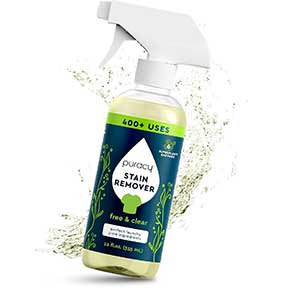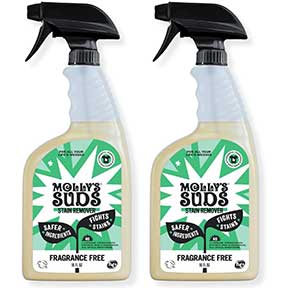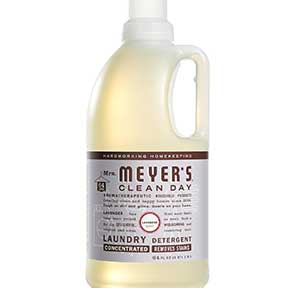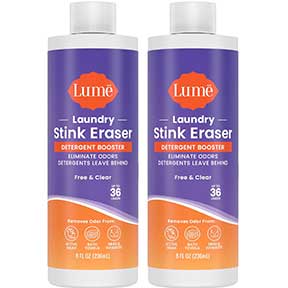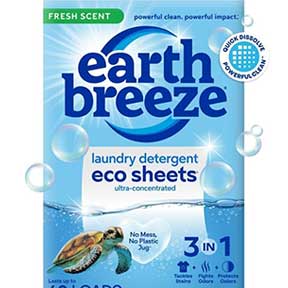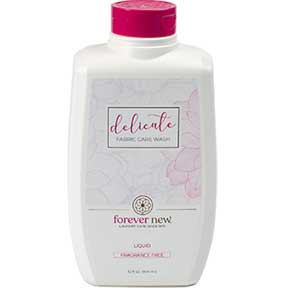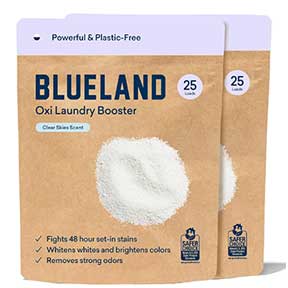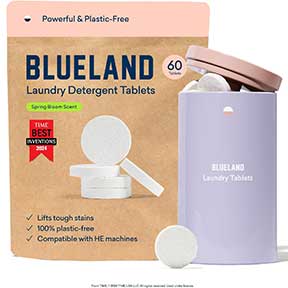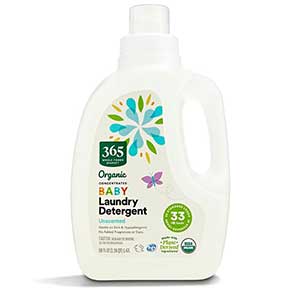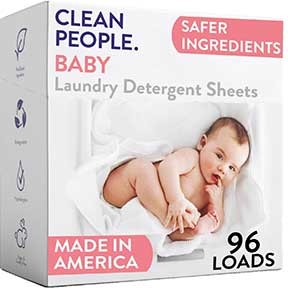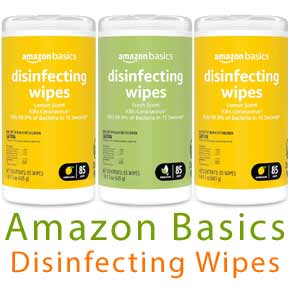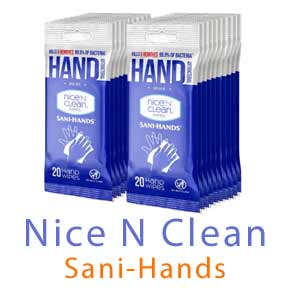Removing Various Types of Oil Stains
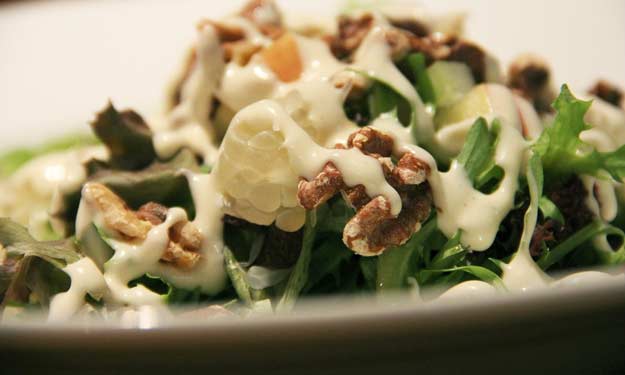
Removing Greasy Oily Stains
Oil and grease spills happen to everyone – from pizza drips on your shirt to motor oil stains in your driveway. While it can feel like the end of the line for your favorite clothes, rugs, or even concrete, it doesn’t have to be. The good news is that removing various types of oil stains is completely possible with the right products and techniques, many of which you already have at home. The sooner you act, the better your results will be.
Why Acting Fast Matters
Whether you’re dealing with oily food splatters, car grease on your carpet, or oil leaks on your driveway, time is your friend. The faster you begin treating the stain, the easier it will be to lift. Heat – from washing or drying – can set oil stains permanently, so always treat stains before laundering or scrubbing with hot water.
Removing Oil and Grease Stains from Clothing
Food-related oil stains are some of the most common. Think about greasy burgers, oily salad dressing, or buttery popcorn. Acting quickly is key.
Instructions
- Blot First: Place a paper towel or piece of cardboard behind the fabric to protect other layers. Blot away as much oil as possible without rubbing.
- Absorb the Excess: Sprinkle cornstarch, talcum powder, baby powder, or even salt onto the stain. Lightly press with the back of a spoon or a soft brush. Let it sit for 30 minutes (or overnight for larger stains), then shake or brush off. This helps draw out excess oil.
- Pretreat: Apply a few drops of a grease-cutting detergent, such as Dawn dish soap, liquid laundry soap, or even shampoo, directly to the stain. Gently work it in with your fingers or a soft brush. Let it sit for 15–30 minutes, but don’t let it dry completely.
- Wash Carefully: Launder according to the garment’s care label using the hottest water safe for the fabric. Air dry instead of machine-drying until you’re sure the stain is gone.
- Repeat if Necessary: Removing various types of oil stains from clothes can take more than one attempt, especially for older or mixed stains.
Tip: For white or colorfast items, a small amount of hydrogen peroxide can help with lingering grease stains. Always test an inconspicuous area first.
Removing Oil Stains from Carpets
Oil and grease aren’t just clothing problems – they’re common on carpets too, especially if you have kids, pets, or someone who works around cars.
Quick Solutions
- Blot with Rubbing Alcohol: For small stains, blot with a clean white cloth dampened with rubbing alcohol. Work from the outside of the stain toward the center to prevent spreading.
- Use a Dry-Cleaning Solvent: For larger or stubborn stains, apply a dry-cleaning solvent (available at most grocery or hardware stores) to a clean cloth and blot repeatedly. This may take several sessions over days or weeks for heavy stains.
- Call a Pro if Needed: If the stain persists despite multiple treatments, consider a professional carpet cleaner.
Removing Oil Stains from Concrete and Driveways
Driveways, garages, and carports are notorious for oil drips and leaks. Luckily, removing various types of oil stains from concrete can be done with everyday items.
Methods That Work
- Absorb First: Spread kitty litter or sawdust over the stain to soak up excess oil. Let it sit for at least 24 hours, then sweep up.
- Use Dry Cement: For lingering stains, sprinkle dry cement over the area, let it sit for a day or two, then sweep it away.
- Try Oven Cleaner: Spray the stain with oven cleaner and let it sit for several hours. Wipe it up with a damp cloth. For extra-stubborn stains, spray again, cover with plastic wrap overnight, and then clean it up in the morning.
Extra Tips for Success
- Know Your Stain: Food-based oil stains often contain more than just grease. For example, gravy contains both fat and protein, while ketchup or mustard adds dyes and acids. Each of these extras may need a slightly different approach.
- Avoid Heat Until It’s Gone: Always air dry fabrics after treatment. Heat from a dryer can set the stain permanently.
- Persistence Pays Off: Some oil stains, especially older or larger ones, may require repeated treatments. Don’t give up too soon.
How to Handle Common Food-Based Oil Stains
If you’re unsure how to “adjust” your stain removal technique, here’s a quick guide for some of the most common oily food stains:
- Salad Dressing (Oil + Vinegar): Blot up excess dressing. Sprinkle cornstarch or baby powder on the oil portion to absorb. Pretreat with dish soap for the oil, then dab a small amount of white vinegar to neutralize the vinegar part before laundering.
- Gravy or Sauces (Oil + Protein): Scrape off solids first. Pretreat with dish soap for the oil, then use a little laundry detergent containing enzymes to tackle the protein before washing.
- Pizza or Fried Foods (Pure Grease): Blot excess grease, apply an absorbent powder like talcum or cornstarch, then pretreat with dish soap and wash as usual.
- Burgers with Condiments (Grease + Mustard): Handle the oil part as above, then dab a small amount of diluted hydrogen peroxide on the mustard stain (test first) to lighten the turmeric dye.
This way, you’re not guessing – you’re following a mini “recipe” for removing various types of oil stains from food spills.
Removing Car Oil from Clothing
Car oil and motor oil are heavier and more stubborn than food grease. They also often contain additives that can stain or damage fabric fibers if not treated promptly. The key to removing various types of oil stains like motor oil from clothing is to act quickly and use a strong grease-fighting cleaner.
Instructions
- Blot Excess Oil: Place a piece of cardboard or paper towel behind the fabric. Gently blot the stain with another clean paper towel to soak up as much oil as possible. Avoid rubbing, which can push the oil deeper into the fibers.
- Use an Absorbent: Sprinkle cornstarch, baby powder, or baking soda onto the stain to draw out some of the oil. Press lightly with the back of a spoon. Let it sit for at least 30 minutes, then brush off.
- Pretreat with Heavy-Duty Degreaser: For car oil, a stronger product works best. Apply a heavy-duty liquid laundry detergent, dish soap like Dawn, or even a small amount of a degreaser specifically designed for fabrics (some auto shops sell “mechanic’s laundry soaps”). Gently rub it in with your fingers or a soft brush.
- Soak if Needed: For large or set-in motor oil stains, fill a sink or bucket with warm water and add a grease-cutting laundry detergent. Let the garment soak for at least 30 minutes before washing.
- Wash Hot (If Safe): Launder the item in the hottest water the fabric can handle. Air dry instead of using a dryer until you’re sure the stain is completely gone.
Tip: For very stubborn car oil stains on work clothes or dark fabrics, you can repeat the pretreatment or use a dry-cleaning solvent. Persistence is key – it often takes more than one round to completely remove motor oil.
Removing Various Types of Oil Stains
Whether it’s your favorite shirt, a plush carpet, or your driveway, oil doesn’t have to spell disaster. With quick action, the right absorbents, and the proper cleaning agents, you can succeed at removing various types of oil stains from nearly any surface. Even if it takes a couple of tries, patience and the right technique can bring your fabrics and surfaces back to life.
Clothing and Laundry
